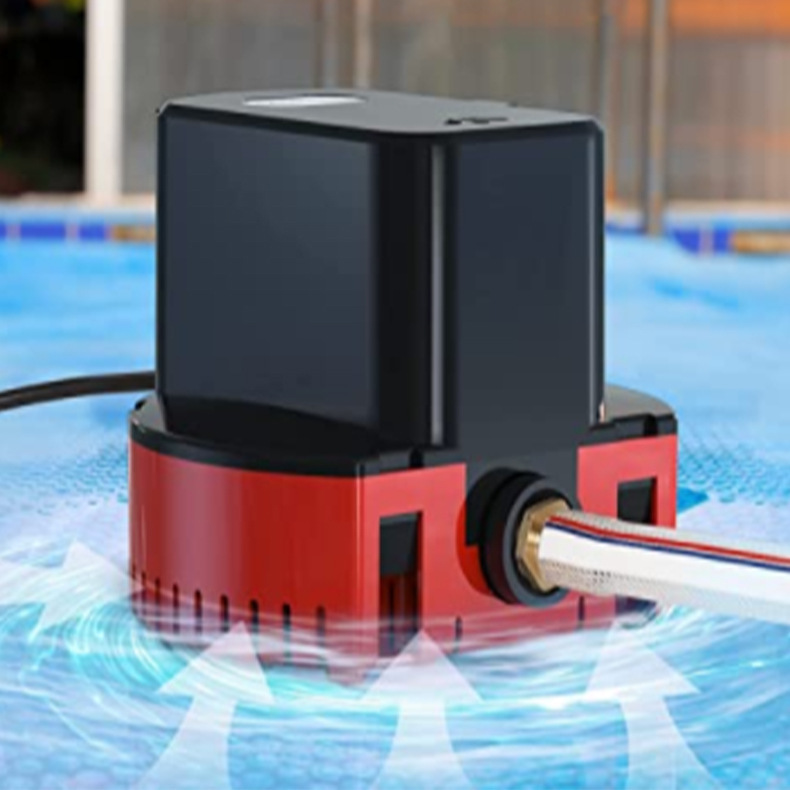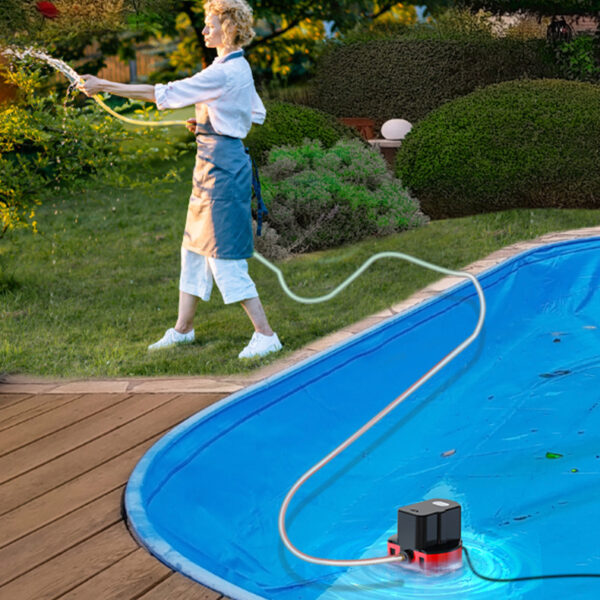We ship packages within 24 hours of ordering
- FAQ
- Terms & Conditions
- Privacy Policy
How to Choose the Perfect Pool Cleaning Machine
How to Choose the Perfect Pool Cleaning Machine

Maintaining a clean and sparkling pool is essential for pool owners. While it may seem like a time-consuming and exhausting chore, modern pool cleaning machines have revolutionized pool maintenance. These machines can significantly reduce your workload, save you time, and ensure your pool is consistently clean.

However, with so many options available, choosing the perfect pool cleaning machine can be overwhelming. This guide will help you navigate the decision-making process and find the best pool cleaning machine for your needs.
1. Understand the Different Types of Pool Cleaning Machines
Before diving into specific models, it’s important to understand the different types of pool cleaning machines available. There are three main types:
Robotic Pool Cleaners: These are fully automated machines that work independently. Robotic cleaners have built-in motors and filtration systems, allowing them to scrub the pool’s surfaces, including the walls and waterline. They are energy-efficient and typically easy to operate, making them popular among pool owners. Robotic cleaners are suitable for all types of pools, from small above-ground pools to large in-ground ones.
Suction-Side Cleaners: Suction-side cleaners attach to the pool’s suction port or skimmer. They move around the pool using the pool’s filtration system, vacuuming up dirt, debris, and leaves. These cleaners are typically less expensive than robotic models but rely on the pool’s pump to operate, which can use more energy. They are ideal for pools with relatively simple shapes and surfaces.
Pressure-Side Cleaners: Pressure-side cleaners operate using the pressure from the pool’s pump system. They have their own filter bags to collect debris, making them more effective at picking up larger particles like leaves. Pressure-side cleaners are great for pools with larger debris but may be less efficient at cleaning smaller particles. They also tend to be more expensive than suction-side cleaners.
Understanding the key differences between these types will help you determine which is best suited for your pool’s needs.
2. Consider Your Pool Type and Size
The size and shape of your pool will play a major role in choosing the right cleaning machine.
For Small Pools: If you have a small above-ground or in-ground pool, a robotic cleaner or a suction-side cleaner may be your best option. Robotic cleaners are ideal for smaller pools because they are efficient and don’t require the pool’s pump to work. Suction-side cleaners are also a good option if your pool isn’t too large and you don’t mind using the pool’s pump system.
For Large Pools: If you have a large in-ground pool, a robotic cleaner may be more efficient as it can cover a larger area in a shorter amount of time. Pressure-side cleaners can also be useful for large pools with substantial debris, as they are designed to pick up larger debris like leaves and twigs.
For Irregularly Shaped Pools: If your pool has an irregular shape or a lot of obstacles, like steps or corners, a robotic cleaner might be the best choice. Many robotic models are equipped with advanced navigation systems that allow them to adapt to complex pool shapes, ensuring a thorough clean.
Choosing a cleaning machine that fits your pool’s size and shape will ensure that the device can effectively cover all areas of the pool.
3. Think About Cleaning Features and Performance
When selecting a pool cleaning machine, consider the features that are most important for your pool’s needs. These features include:
Cleaning Coverage: Some machines are designed to clean only the pool floor, while others can scrub the walls and waterline as well. If you want a machine that cleans every part of the pool, a robotic cleaner is a great option as it can cover the entire pool, including the walls and steps.
Debris Collection: Some pool cleaning machines are better equipped to pick up larger debris like leaves, while others are designed to remove fine dirt particles. If your pool is surrounded by trees, you’ll want a cleaner that can handle large debris. Pressure-side cleaners are ideal for this, as they have filter bags designed to collect larger debris.
Filtration System: Robotic pool cleaners come with built-in filters that capture fine debris, ensuring cleaner pool water. Suction-side and pressure-side cleaners use the pool’s filtration system, meaning their efficiency depends on your pool’s pump and filter quality. When choosing between these, consider the condition of your pool’s existing filtration system.
Programmable Cycles: Many modern robotic cleaners come with programmable schedules. This means you can set the machine to clean the pool at specific times of the day, even when you’re not home. This feature can save you time and make cleaning more convenient.
4. Check the Energy Efficiency
Energy efficiency is a key consideration when choosing a pool cleaning machine. Robotic cleaners are often the most energy-efficient option because they operate independently and do not rely on the pool’s pump or filtration system. This helps save on electricity costs, especially if you plan to use the cleaner frequently.
On the other hand, suction-side and pressure-side cleaners use your pool’s pump to operate, which may increase energy consumption. If you are looking to reduce your energy costs, a robotic cleaner is typically the best choice.
5. Consider the Maintenance Requirements
The maintenance of a pool cleaning machine can vary depending on the type of cleaner. Robotic cleaners generally require the least maintenance. After each cleaning cycle, you simply remove the robot from the pool, empty the debris bag, and rinse the filter. Some models even feature self-cleaning filters, which makes maintenance even easier.
Suction-side and pressure-side cleaners rely on your pool’s filtration system, so you may need to clean the pool’s filter more often if you use these types of cleaners regularly. Additionally, pressure-side cleaners have their own filter bags, which will need to be emptied regularly.
Overall, robotic cleaners tend to be the easiest to maintain, but suction-side and pressure-side models can still offer a good cleaning solution with slightly more upkeep.
Conclusion
Choosing the perfect pool cleaning machine depends on various factors, including your pool type, size, cleaning needs, and budget. Robotic cleaners offer the most efficient and low-maintenance solution, but suction-side and pressure-side cleaners can also be effective, depending on the pool’s requirements. By understanding the different types of cleaners and their features, you can make an informed decision that will keep your pool sparkling clean without the hassle. With the right pool cleaning machine, you can spend less time maintaining your pool and more time enjoying it.
FAQs
Q1: How long do pool cleaning machines last?
A1: The lifespan of a pool cleaning machine depends on the model and how well it’s maintained. On average, robotic cleaners last 3-5 years, while suction-side and pressure-side cleaners may last a bit longer with proper care.
Q2: Can I use a pool cleaning machine for both the floor and walls?
A2: Yes, many robotic pool cleaners are designed to clean both the floor and walls of the pool. Some models even have waterline cleaning capabilities, ensuring a thorough clean throughout the pool.
Q3: How much energy does a pool cleaning machine use?
A3: Robotic pool cleaners are generally the most energy-efficient, using very little power. Suction-side and pressure-side cleaners use more energy since they rely on your pool’s pump system, which may increase electricity consumption.
Q4: Do pool cleaning machines work on all types of pools?
A4: Most pool cleaning machines are suitable for in-ground and above-ground pools, but it’s important to check the specifications. Robotic cleaners tend to be the most versatile, while suction-side and pressure-side models may be better for pools with certain shapes or features.
Q5: Are pool cleaning machines difficult to install and operate?
A5: No, most pool cleaning machines are easy to install and operate. Robotic cleaners require minimal setup, often only requiring you to plug them in and place them in the pool. Suction-side and pressure-side cleaners may require more installation steps, like connecting them to the pool’s plumbing system.
